The Simple Secret to Gardening Success
http://decor-ideas.org 07/16/2014 03:13 Decor Ideas
Avid gardeners and those in the landscape industry talk about soil a lot. Clay, sand, topsoil, mulch, amendments, compost — we throw around these terms regularly because the ground is so essential to what we do. For anyone who claims to have a “black thumb,” I would like to let you in on a little gardening secret: Successful gardens begin with the soil.
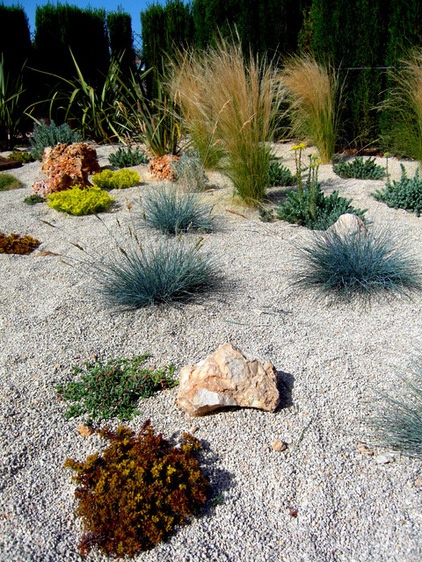
Soils vary widely by region and are the accumulation of geologic processes, climate and vegetation changes over the course of eons. There are countless products and amendments available for changing your soil, but the easiest way to have a lush and low-maintenance garden is to simply work with the soil you have. Read on to see how to do a simple soil test in your garden and understand what your soil type means for the success of your landscape.
Right plant, right place. This mantra is repeated in ideabooks all over Houzz. Understanding where to place a plant begins with knowing the type of soil present. Soil type affects irrigation, grading and how plants will perform. Explore the various soils in your landscape by taking a close look at their textures. Many gardens have zones with slightly different soil types.
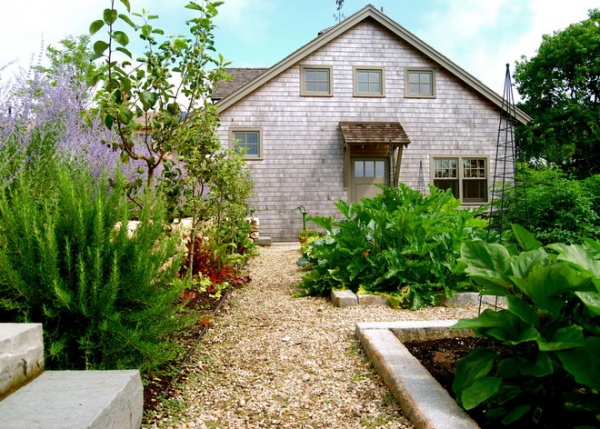
Soil Basics
There are various systems for categorizing and describing soil types based on their composition. The soil triangle is the most useful and straightforward for the home gardener. It describes soil composition based on the amount of sand, silt and clay present. These three types of soil particles have different structural qualities due to their size and shape. Sand particles are the largest, silt particles are medium size, and clay particles are very tiny.
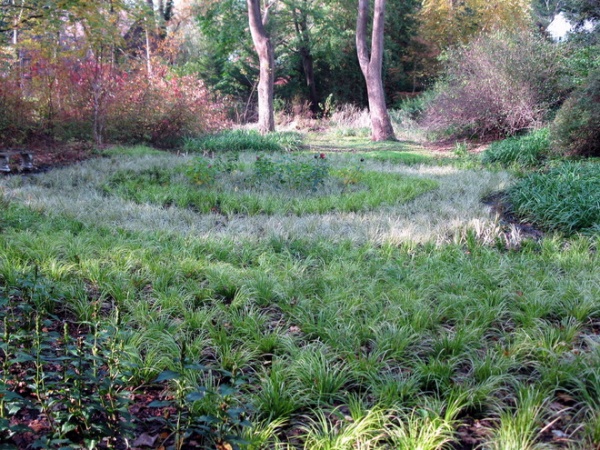
Soils can be described on a gradient within the three categories of sand, clay and silt. Two common soil types are sandy loam and silty clay. The mixture or composition of different particle types gives soils distinct textures. Due to the structural and textural differences among soil types, water moves through each type in a different way. Plant roots also grow and respond to different types of soil based on the structure.
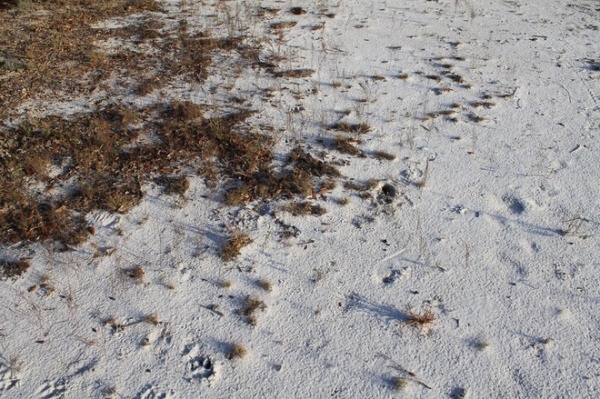
Soil Types
Sand. Sand particles are the largest among the types of soil components, which means that sandy soils drain water very well. The challenge with sandy soils can be that they drain too quickly and do not hold enough moisture or nutrients for plants to grow. Plants that are drought tolerant and can exist in nutrient-poor soils are the best for sandy soil.
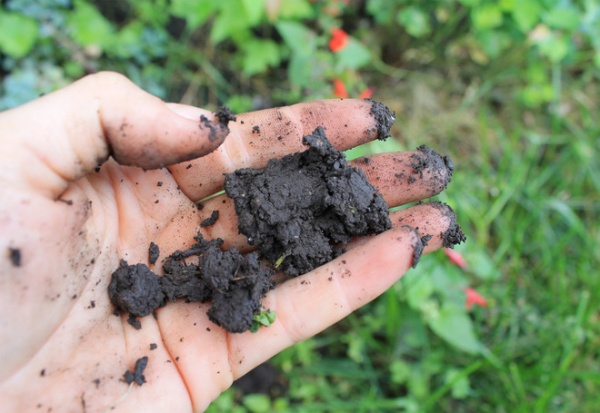
Clay. Heavy clay soil does not drain well. With clay the soil particles are small, and they stick together (note the stickiness of the soil on my fingers in this image), which leaves no air space where water can infiltrate. Thus, the main challenge with clay soil is that it has poor drainage. There are many plants that tolerate clay soils, and most native plants can tolerate the properties of clay soils in your particular region.
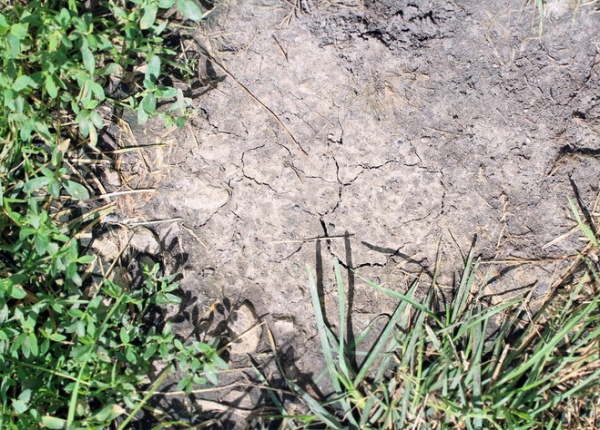
Some regions have clay soils that expand when wet (called expandable clays) and contract severely when dry. Soil that is cracked on the surface when dry is another indication of clay. Clay soils also tend to become easily compacted, which makes water penetration tough.
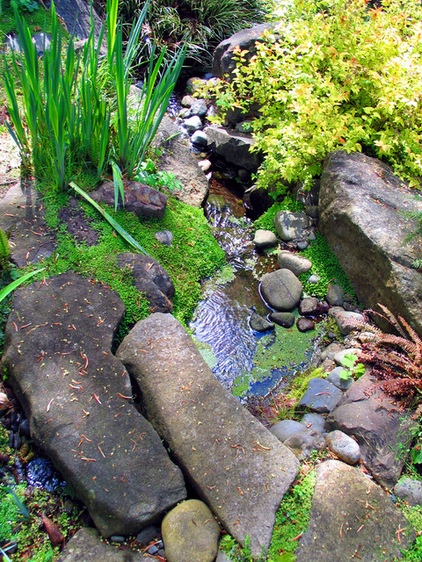
Silt. Silty soils are usually found in areas where sediments have been transported by a river or stream. River floodplains usually have layers of silt that have been deposited over time from floods. The silt in these areas creates a very fertile soil. Soil with a high silt content will feel smooth in your hands and will not stick to your fingers like clay.
Silty soil can be an excellent gardening soil because of its high mineral and nutrient content. The downside to silt is that it can be easily compacted. Plants that are native to riverine ecosystems and bottomland forests perform well in silty soil.
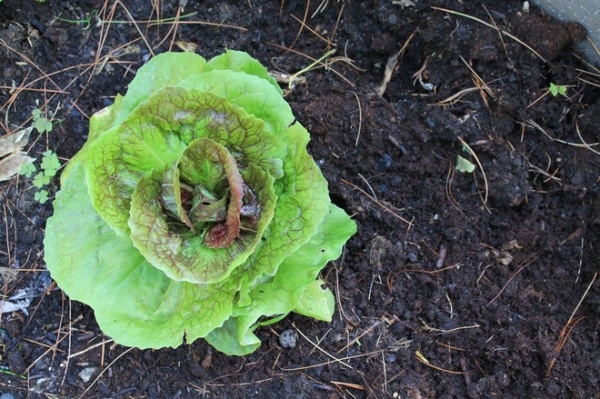
Loam. A mix of 40 percent sand, 20 percent silt and 40 percent clay is called loam. A good loamy soil is the easiest to garden with because it retains the right amount of moisture for plants, has good drainage and has a good structure.
The ideal soil structure has a variety of soil particle sizes so that air can occupy the spaces between soil particles and provide oxygen to the root zone. Plant roots actually need oxygen to effectively take up water and nutrients.
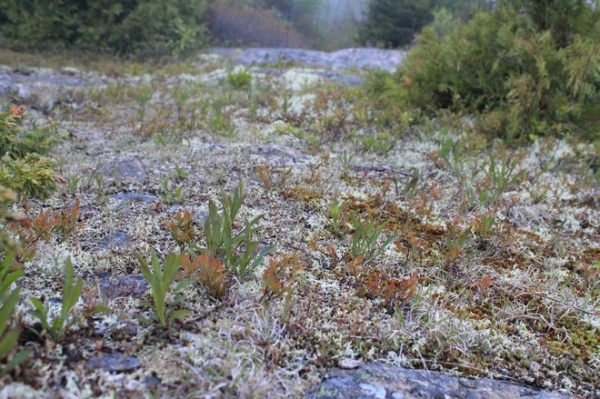
Thin soils. Mountainous and rocky coastal areas can have slivers of soil among exposed bedrock. Soil that exists in these pockets can be gravelly and lack the ability to hold much water or many nutrients. This is a very challenging soil condition for gardening.
Plants that are pioneer species can subsist on thin soils in drought conditions. If your climate is arid, experiment with succulents and sedum species. If you are in the Pacific Northwest or on the coast of Maine, try gardening with mosses and lichens.

DIY Soil-Type Test
Pick up a handful of damp soil, squeeze it in your fist and then release. In this example using a Midwestern clay soil from my garden, the soil retained its shape after the fingers were opened. This is a clear indication of clay.
If you squeeze your soil and it struggles to retain a shape or stick together, you likely have sandy soil. Very sandy soil will simply fall through your fingertips when squeezed.

In the example here I performed the same DIY soil test with the dark, rich stuff from my raised-bed veggie garden. The soil in the bed has been amended with compost.
Notice how I am squeezing water from the soil in the middle snapshot — this is proof that the high organic content is helping the soil retain moisture. Also notice that in the snapshot at the far right, the soil has crumbled apart instead of holding a distinct shape. The soil is light, airy and crumbly, like cornbread. Water, oxygen and nutrients are all working together here to help my vegetables thrive.
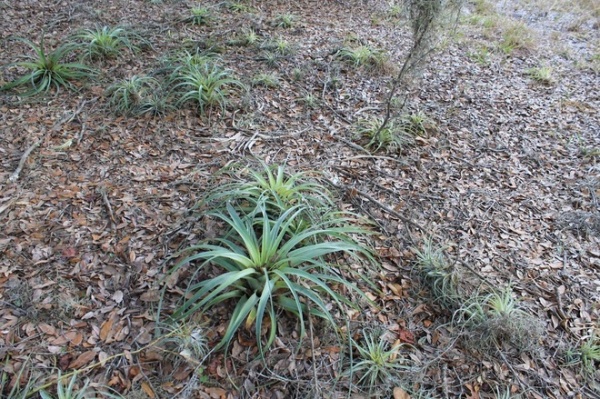
Enhancing Your Soil
In nature soil is built over time as organic matter — such as leaves and grasses — decomposes in autumn and breaks down, adding nutrients to the soil. Pull back the leaf litter on a forest floor, and layer upon layer of decomposing matter will reveal itself.
Soil itself has a rich and complex ecosystem of living things that interact to release nutrients and perpetuate the cycles of decay and growth. Fungi, the microscopic web of bacteria, critters and tiny crawlies in the soil are what makes the landscape productive and resilient. Build in a process for adding organic nutrients to your soil, either with leaves, compost or mulch. Doing this will greatly enhance your landscape over time.
More: 10 Tips to Start a Garden — Can-Do Ideas for Beginners
Related Articles Recommended












